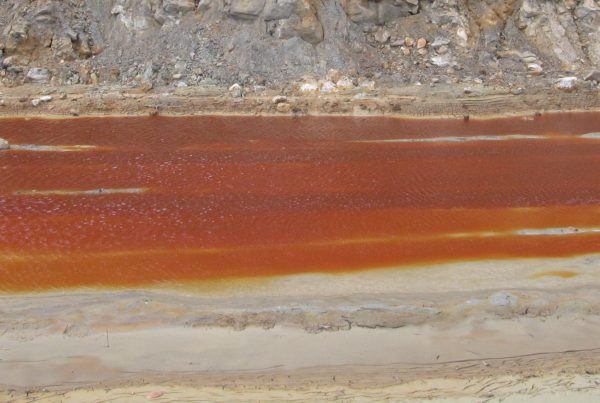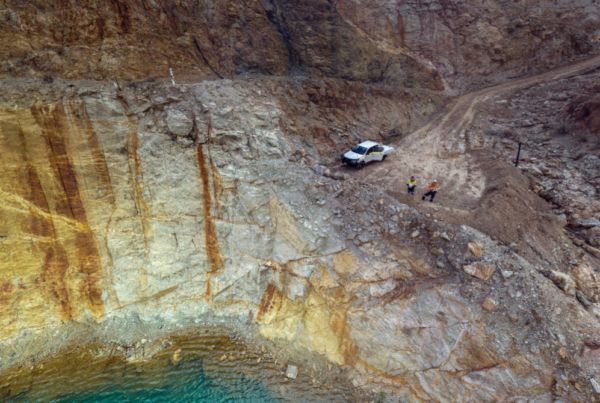MINING CAN IMPACT WATER QUALITY IN MANY WAYS.
For a start, mines often operate in remote areas where supplies are often very localised. For instance, surface and groundwater resources that are being used by local communities or dependent ecosystems may be the same resources that may be influenced by nearby mining projects. Mining companies also generally operate in areas that were largely undisturbed prior to mining, particularly undisturbed by industrial activities, so alterations to water quality can lead to marked changes in local, or even regional, eater resource hydrochemistry.
Ranger Uranium Mine in the Northern Territory of Australia discharges mine waters to nearby Creeks that then flow into Kakadu National Park.
Mines also have a greater potential to affect both surface and groundwater quality due to the extensive ground disturbance typically involved with a mining project, whether it be open cut or underground. The sheer size of some mines mean they can affect entire regions, with cumulative mining increasing the scale of influence in an additive manner.
DEWATERING
Project dewatering will clearly lead to water availability changes; losses from areas being actively mined, and also increases in areas where the water is discharged, such as creek lines or inland lakes (often both waterbodies may be seasonally dry in highly seasonal regions). However, regional water quality can also be affected through mine water abstractions; through dewatering increasing oxidation and weathering of unoxidised (e.g., saturated) geologies. Water quality of resources will also be affected when previously separated water resources of differing qualities become mixed. Both effects can occur when pit lakes are operationally dewatered to water courses and salts e.g., inland saline playas, or when they form either short- or long-term “through-flow” systems at closure, for example.
Processing chemicals may constitute contamination risks in dewatering waters, but often mining influences are simply due to accelerated geological weathering with resulting enhanced geochemical concentrations then presenting in mine-influenced waters.
Abandoned mines and mine closed without appropriate design or management of risks to water quality generally affect water quality more significantly than operational mines. Poor quality surface water runoff from poorly-designed and/or unmanaged mining landforms often constitute the greatest environmental, social and economic liability for next land users with mine-influenced water leaving an historic project boundaries and transporting contaminants long distances.
MLC provides water quality sampling, assessment and risk documentation services for all water body types and for all stages of mine planning.





